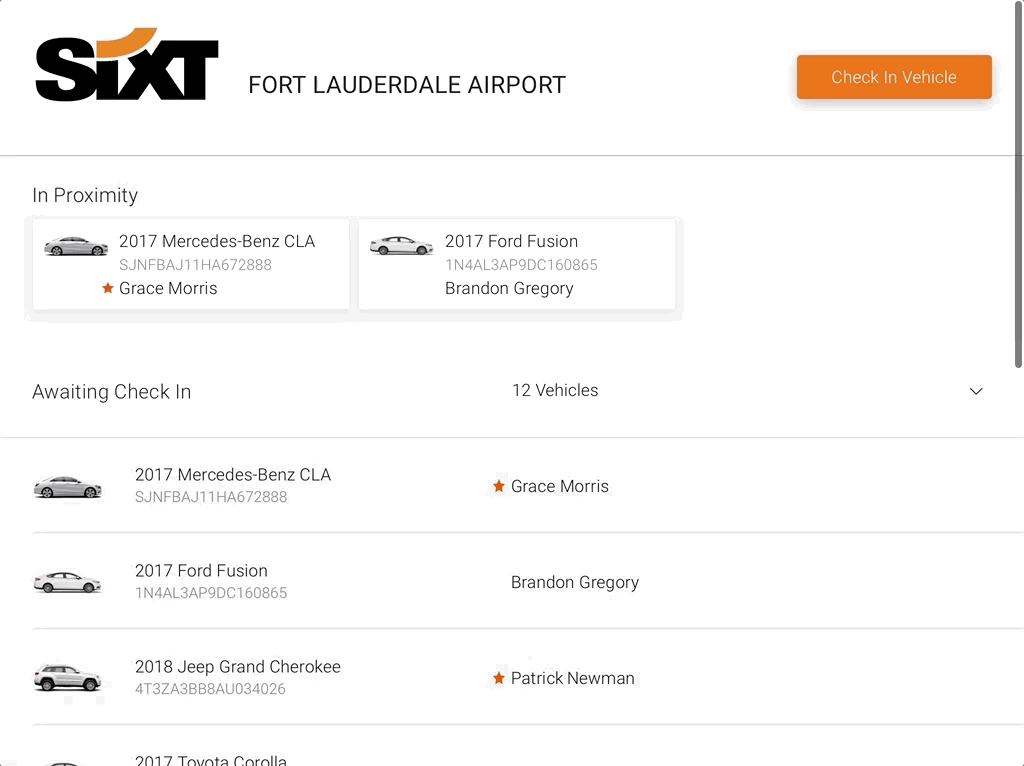Fleet Service Management
Fleet Service Management
UI/UX - Fleet Management - Tablet/Web
Sixt was looking for a way to manage the servicing on their fleet of rental vehicles. We conceptualized a tablet and web-based system that would allow them to do just that.
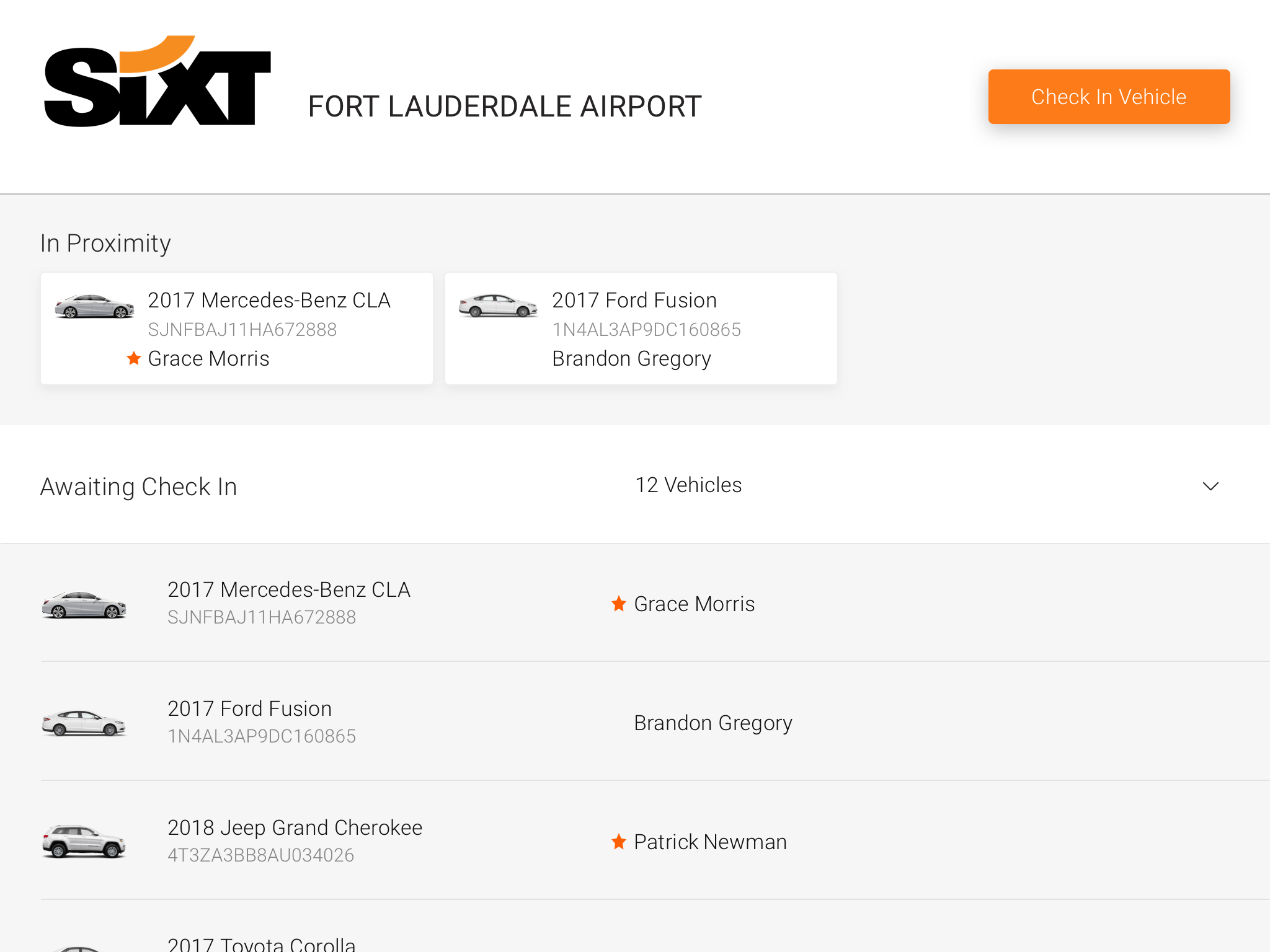
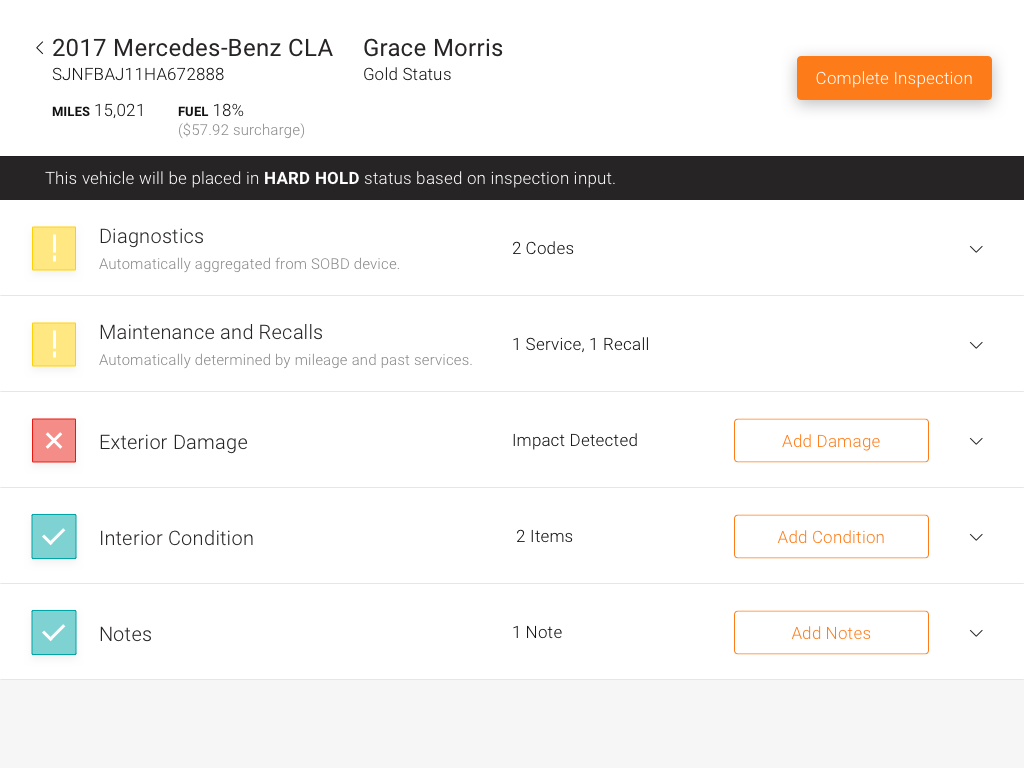
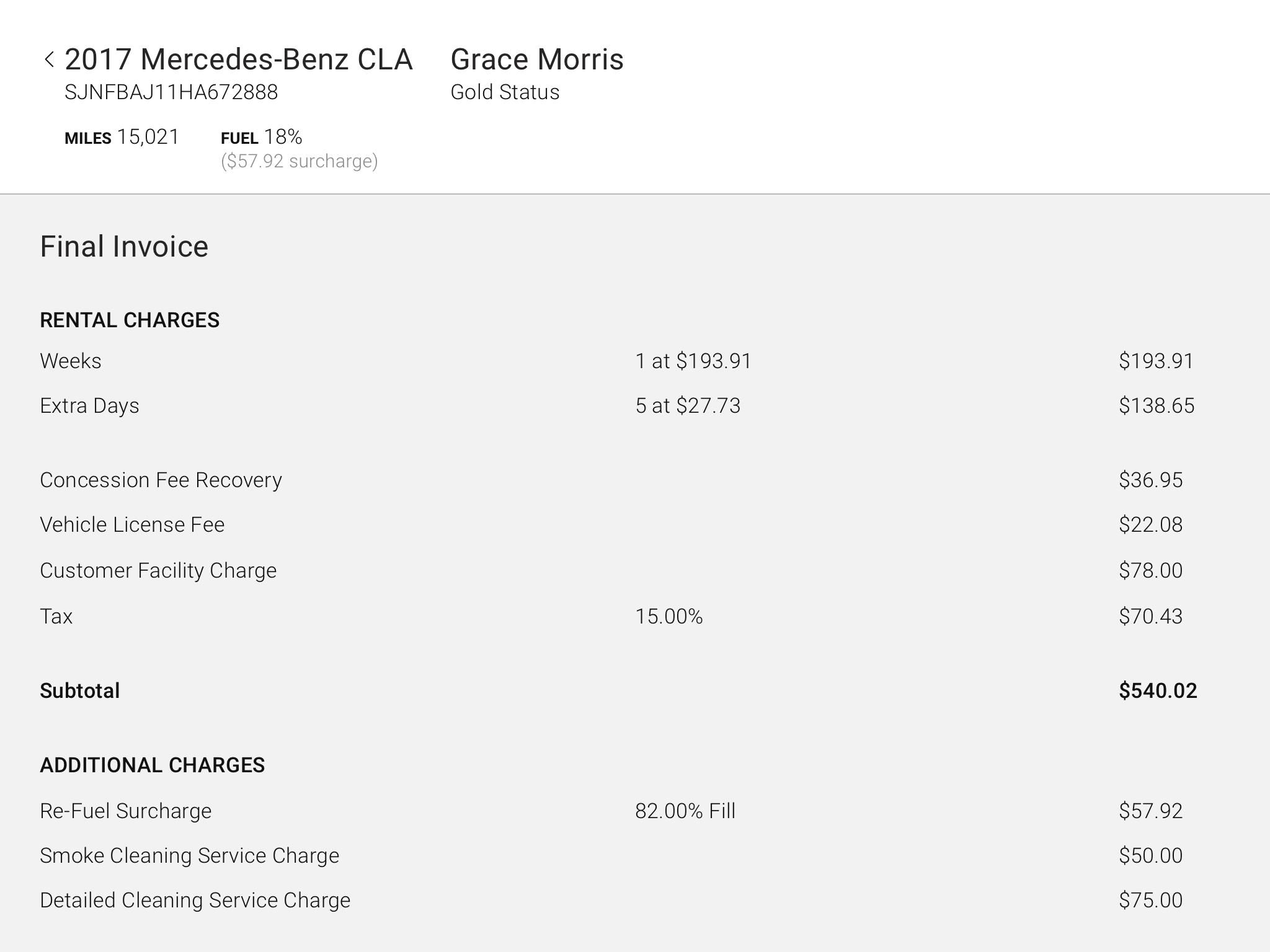
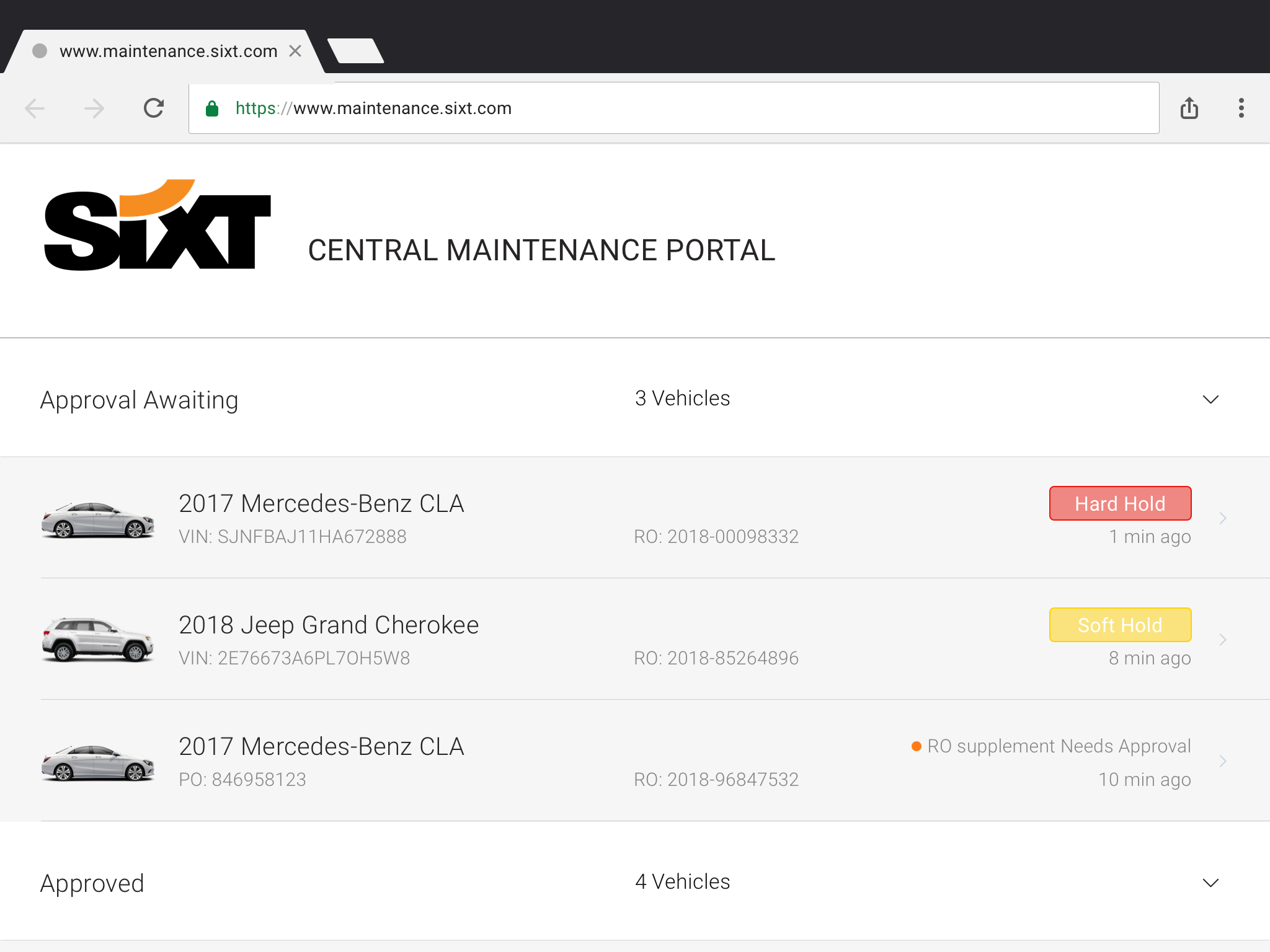
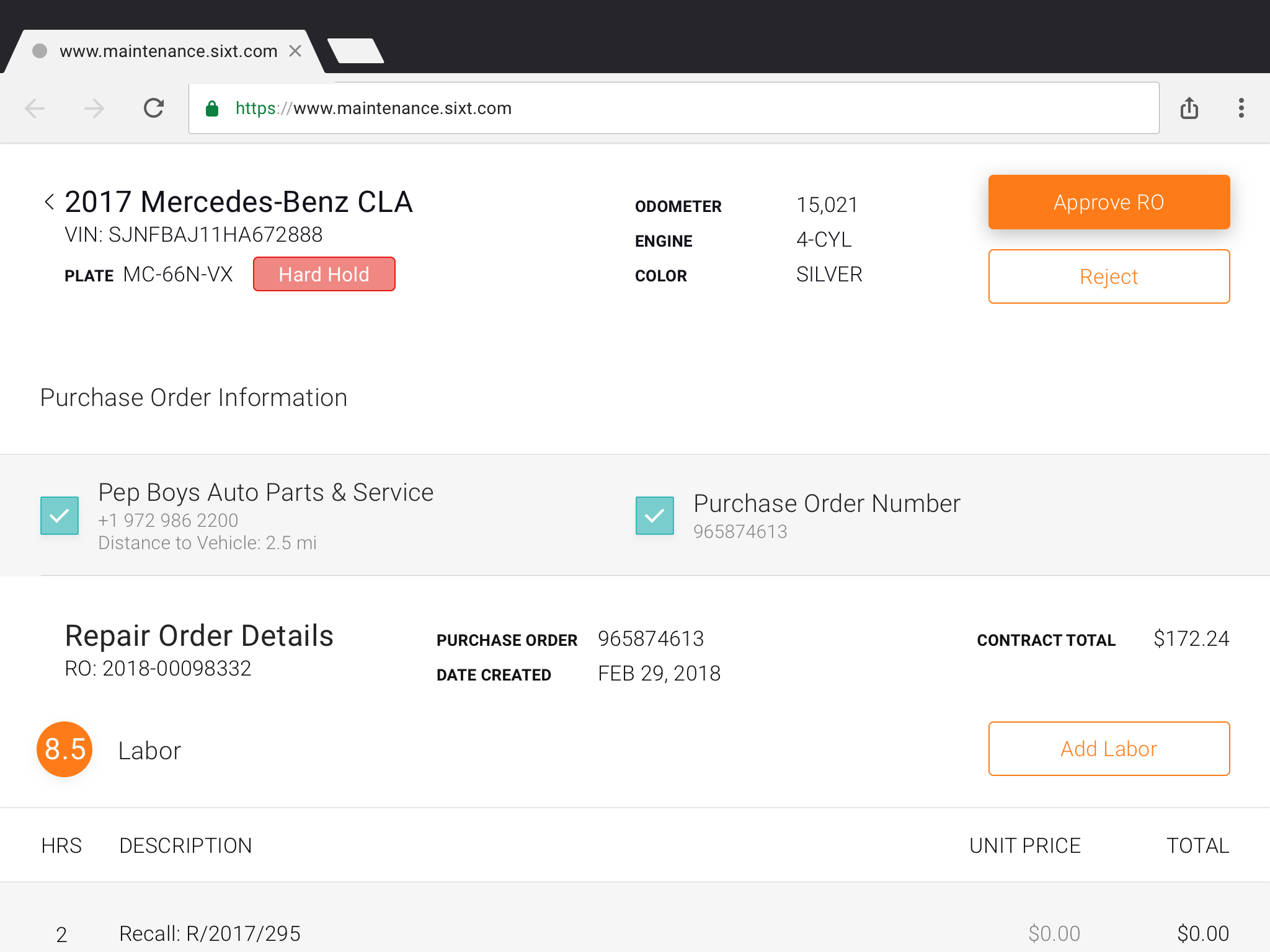
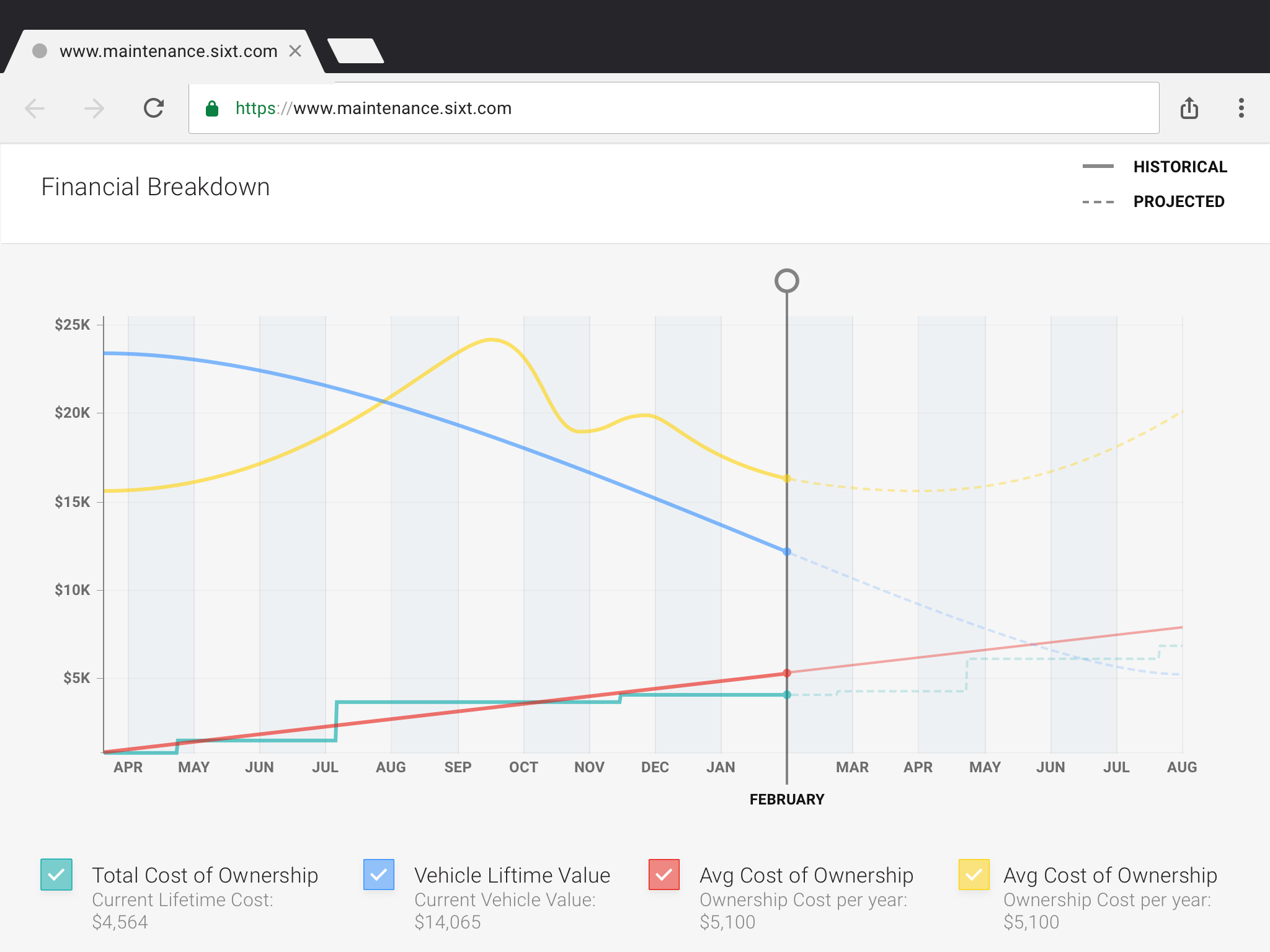
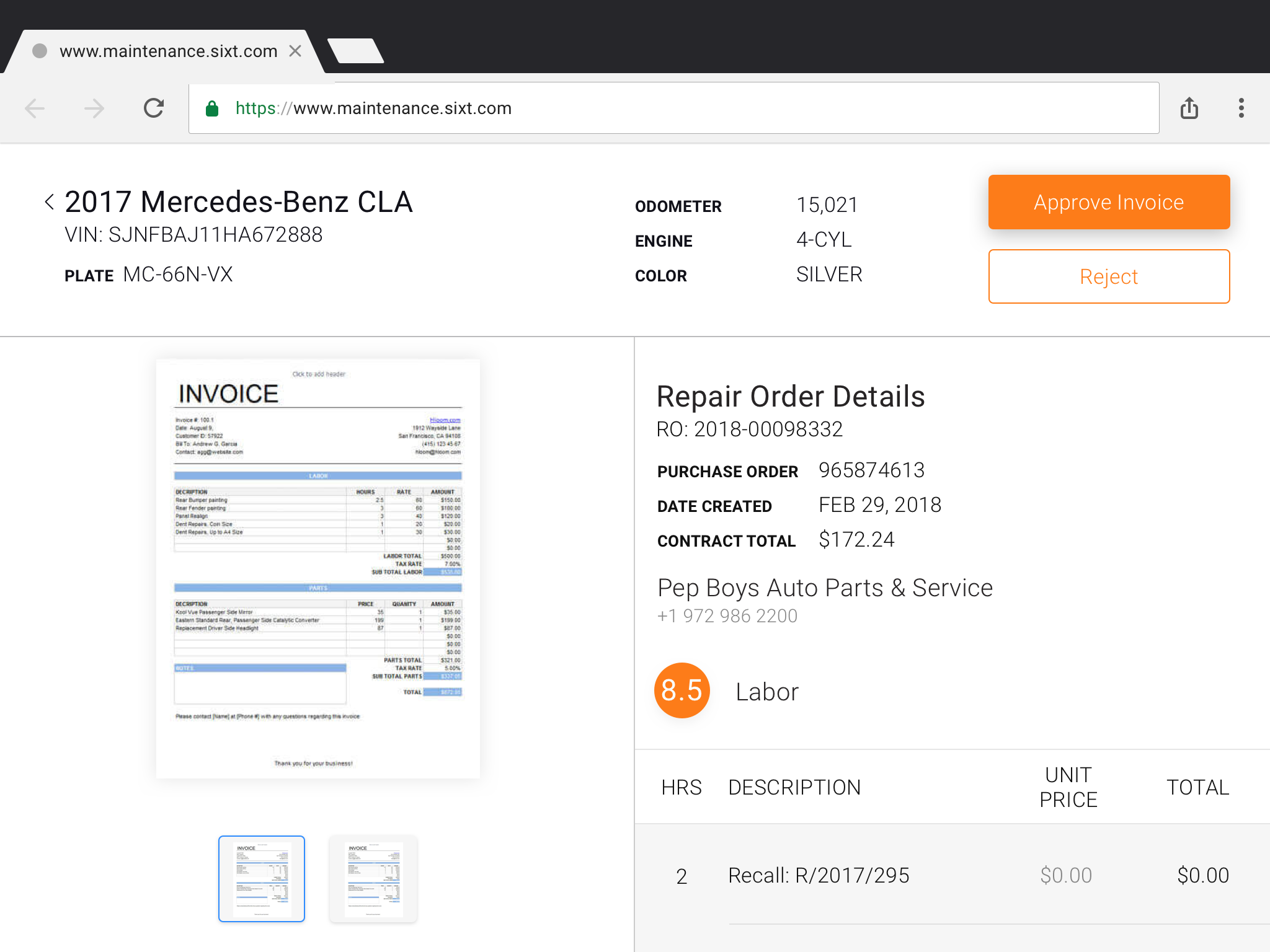
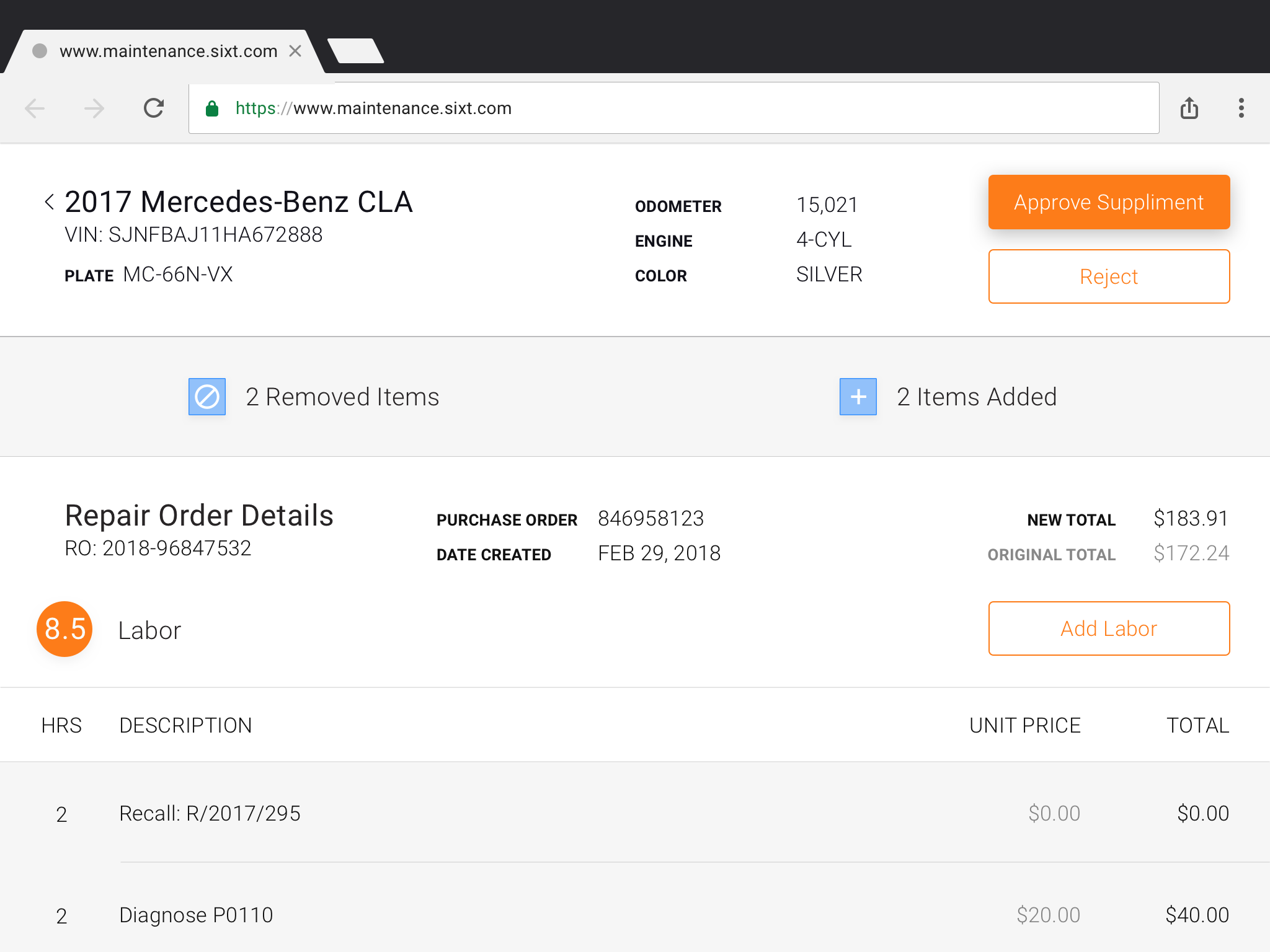
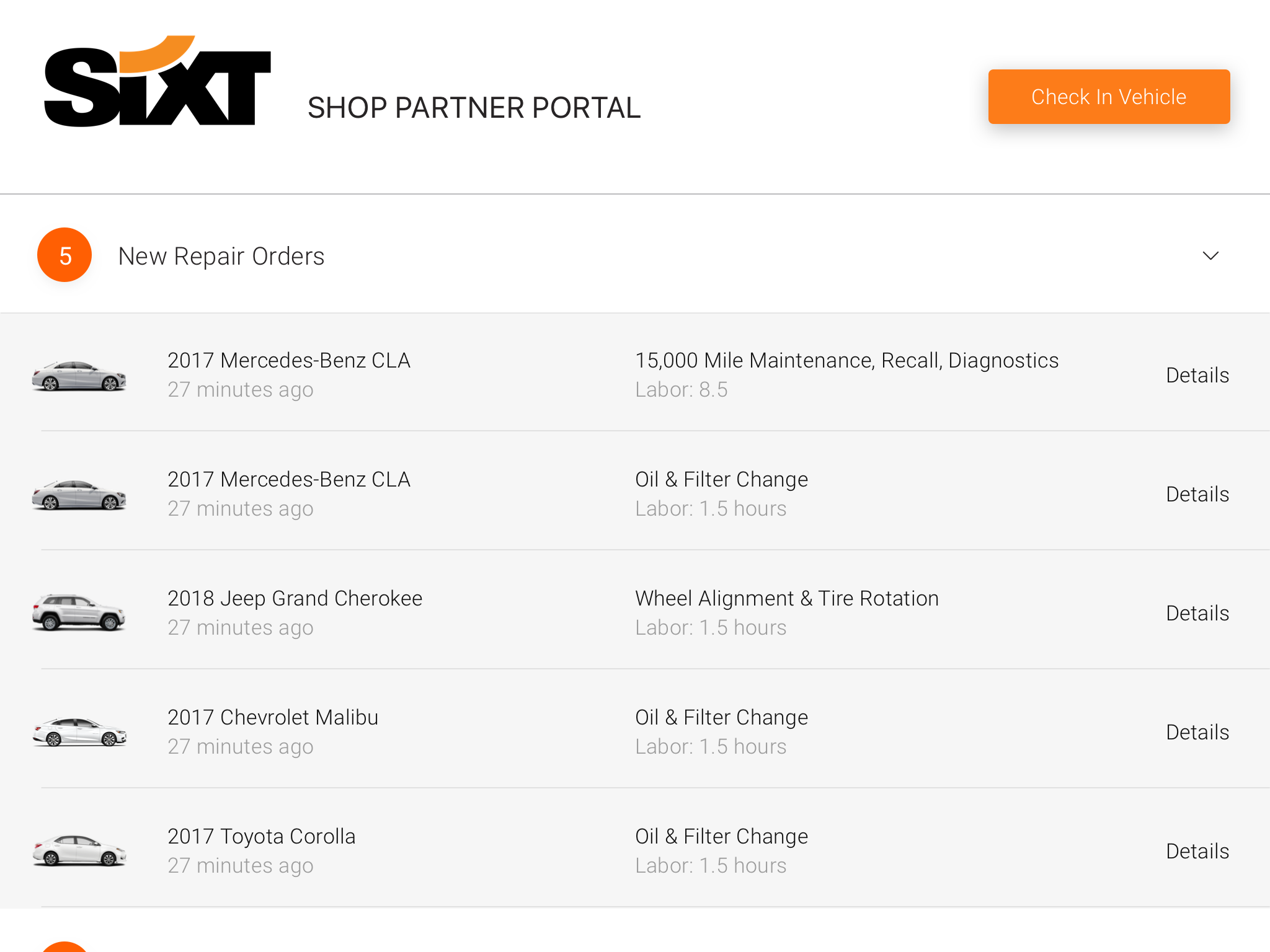
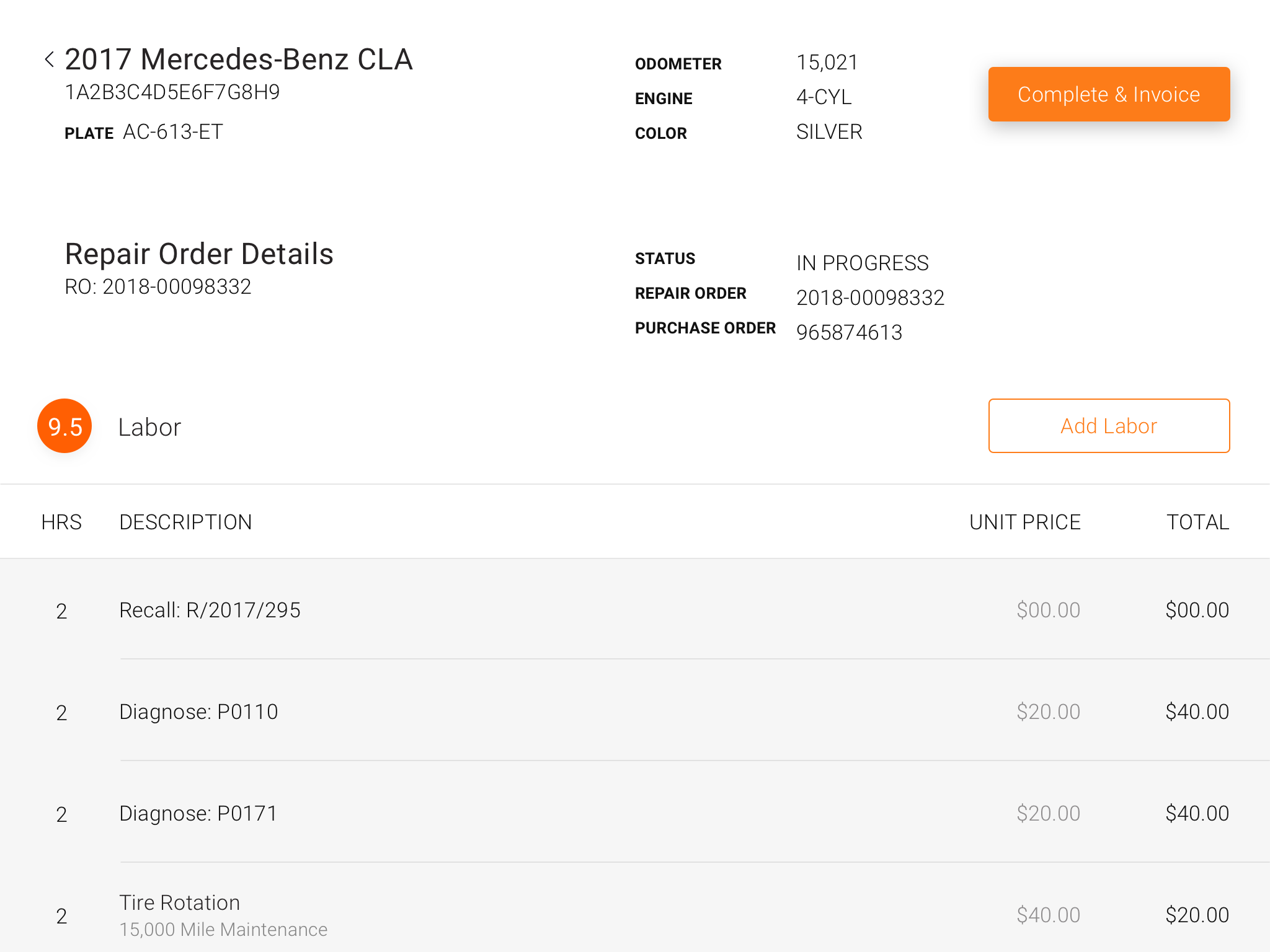
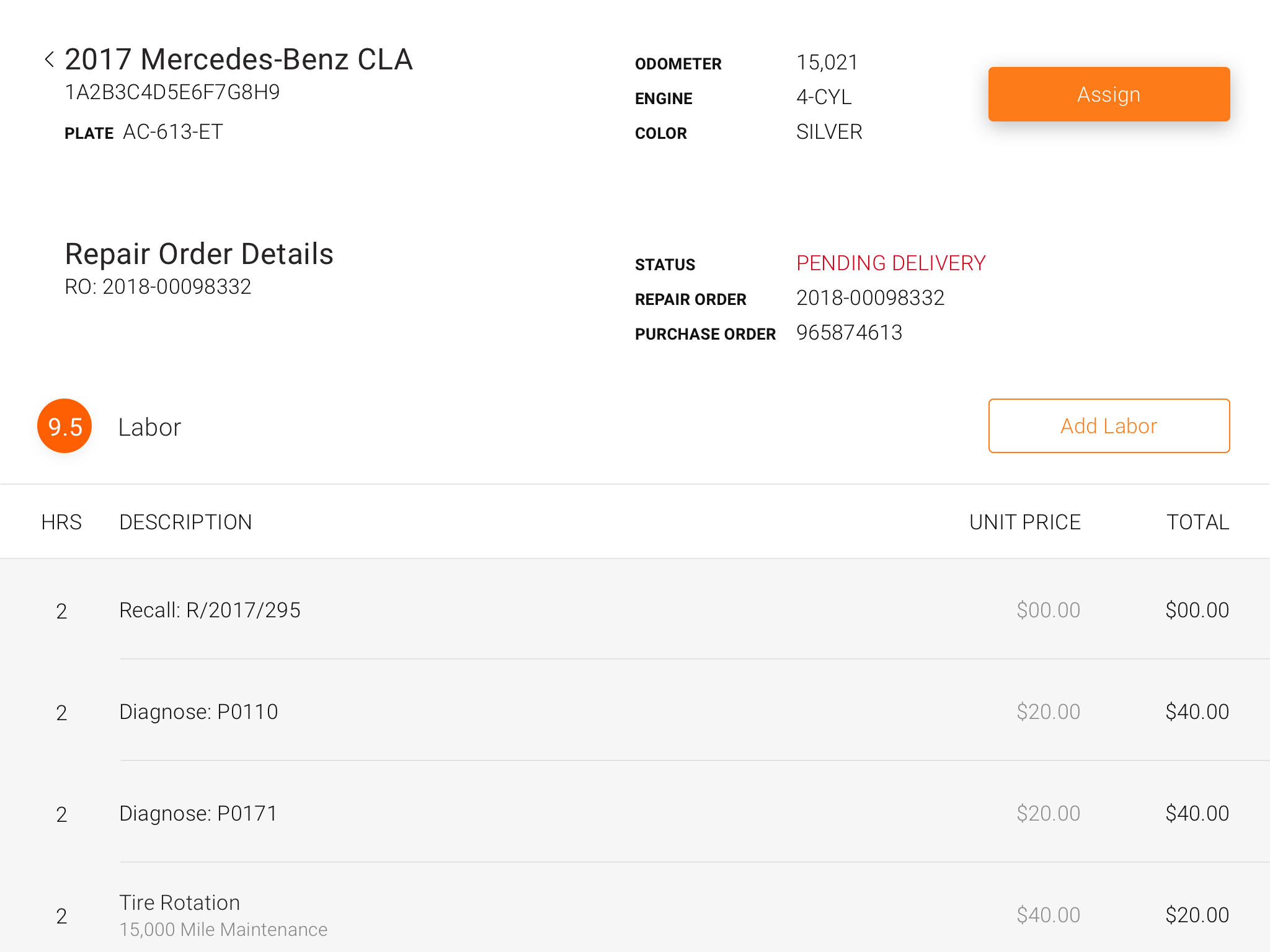
Full Service Visibility.
Full service visibility.
The mission was to help Sixt manage the servicing and maintaining of their fleet of rental vehicles. The system they had for knowing when vehicles needed servicing was archaic and didn't work very well. This would result in vehicles being rented out to customers when they should've been sent to a shop for repairs.
We created an end to end system that could be implemented at Sixt locations, in the corporate office, and at Sixt service shops that allowed for complete visibility on what vehicles needed to be repaired and what repairs those vehicles needed.
A lot to cover.
The Challenge.
The system we were creating needed to work seamlessly across three different touch points: at Sixt rental locations, corporate locations, and the service shops. We dove deep into understanding how each touch point interacted with a vehicle and how we were going to allow that vehicle to be 'handed off' to the next step in the flow.
The second focus was vehicle up time. The system we were designing needed to allow vehicles to be sent out for servicing, have those services be performed, and return back as soon as possible; allowing for that vehicle to be the most profitable that it could be for Sixt.
Complete control.
What we came up allowed rental managers, office admins, and service managers to see the service lifecycle of each vehicle that required servicing. It also allowed them to see what vehicles were approaching their required servicing, change the services being performed on vehicles at any point in the flow, see vehicles that were coming back from servicing, and see when vehicles should be retired from the fleet based on the Total Cost of Ownership for each individual vehicle in their fleet.
Managers could also add additional services to vehicles that needed them without any vehicles needing to sit idle at a shop waiting for approval paperwork to be sent around.
Valuable Takeaway.
The most valuable thing I learned during this project was how to work my flow that was focused on one user story into the larger flow. It was like I was making one piece of a puzzle and needed it to fit into other puzzle pieces that were being made by others. It's not uncommon to work with other designers on projects. With this project, however, we were all making pieces that were functionally different from each other but helped to accomplish the same final task. It was exhilarating, once the project was complete, to see how all of our pieces fit together to create a seamless experience.
